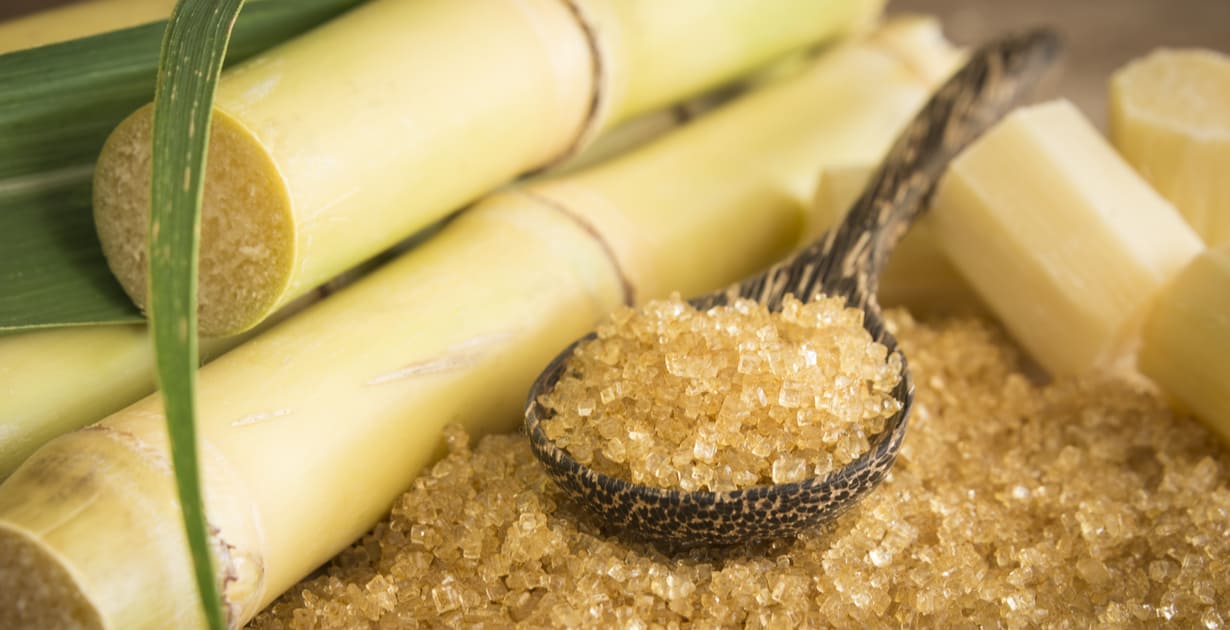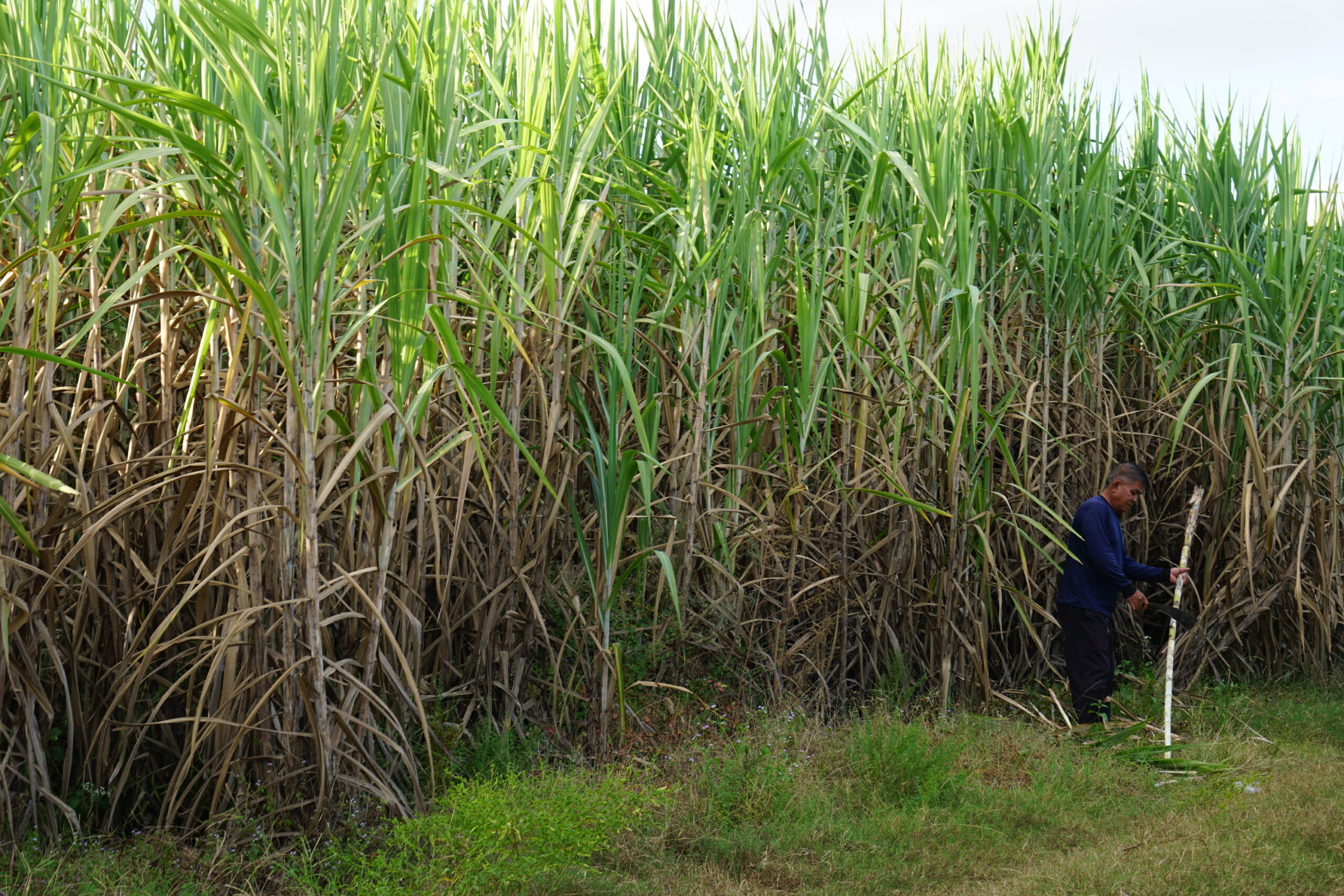Why Walking Cane Sugar Handling Chemicals Are Essential for Modern Sugar Refining
The duty of cane sugar handling chemicals in modern-day sugar refining can not be overstated, as they are important to enhancing both the effectiveness of removal and the overall high quality of the last product. Agents such as phosphoric acid and certain flocculants are used to eliminate pollutants, causing sugar that not only satisfies customer assumptions but also follows sector criteria. However, the ramifications of these chemicals expand past quality, touching upon market dynamics and ecological factors to consider. This raises essential concerns regarding the sustainability of such techniques and their influence on the future of sugar manufacturing.
Function of Processing Chemicals
The efficacy of walking stick sugar processing pivots considerably on the strategic application of handling chemicals. These chemicals play a crucial duty in boosting the performance and high quality of sugar extraction and refining. From the initial stages of juice removal to the last purification steps, handling chemicals promote numerous important operations.
In the extraction stage, chemicals such as phosphoric acid and calcium hydroxide are utilized to enhance the clarification procedure, assisting to eliminate impurities and put on hold solids from the walking stick juice. This not only boosts the return however also makes certain the clearness of the end product. Furthermore, agents like flocculants help in the fast settling of impurities, therefore enhancing the overall procedure.
As the processing advances, chemicals are made use of in decolorization and condensation phases. Triggered carbon and ion exchange materials offer to eliminate color and odor, making sure that the refined sugar fulfills consumer top quality standards. Inevitably, the function of processing chemicals extends beyond functional effectiveness; they dramatically affect the sensory features of the final item, contributing to market competitiveness. Hence, the careful selection and application of these chemicals are crucial for accomplishing optimum outcomes in walking stick sugar handling.
Trick Kinds Of Chemicals
Cane sugar processing depends on a selection of key chemicals that help with each stage of manufacturing. These chemicals play essential roles in clearing up, lightening, and detoxifying the sugar removed from cane.
One primary category of chemicals includes flocculants, such as polyacrylamide, which aid in the information process by promoting the aggregation and settling of pollutants. Furthermore, calcium hydroxide is commonly used to counteract level of acidity and aid in the elimination of non-sugar parts.
Lightening representatives, such as turned on carbon and sulfur dioxide, are made use of to decolorize the syrup, causing a more clear last product. These chemicals assist get rid of color compounds that may affect the sugar's look and bankability.
In addition, phosphoric acid offers as a pH regulatory authority during the processing phases, making certain optimal conditions for the enzymatic activities associated with sugar removal and filtration.
Various other vital representatives consist of edta (ethylenediaminetetraacetic acid), which chelates steel ions that could militarize unfavorable reactions, and salt hydroxide, which aids in pH control throughout the refining procedure. Jointly, these chemicals improve efficiency and ensure a top quality walking cane sugar item.
Benefits for Sugar High Quality
Typically overlooked, the usage of particular handling chemicals considerably boosts the general top quality of walking stick sugar. These chemicals play a pivotal function in refining procedures, guaranteeing that the end product fulfills strict sector standards for purity and preference.

Additionally, processing chemicals help in achieving a regular granulation and appearance, which are essential for customer acceptance. By controlling the formation process, these chemicals guarantee that the sugar crystals develop consistently, bring about a much more attractive product that dissolves well in numerous applications.
In addition, the usage of these chemicals can enhance the shelf life of cane sugar by decreasing dampness absorption and microbial growth. Generally, the calculated application of processing chemicals is essential for supplying top notch walking stick sugar that meets customer expectations and industry needs.
Environmental Influence Factors To Consider

In addition, the energy-intensive nature of sugar refining, worsened by chemical use, often results in enhanced carbon discharges. This adds to climate modification and increases issues relating to the sustainability of present refining methods. Furthermore, the sourcing of these chemicals may include practices that threaten biodiversity, such as monoculture farming, which decreases my response the resilience of agricultural environments.

To minimize these effects, sugar refiners are progressively exploring sustainable alternatives and taking on ideal techniques that decrease chemical use. Executing rigorous ecological monitoring systems can assist ensure that the refining procedure lines up with environmental criteria and advertises biodiversity. Ultimately, a well balanced approach that focuses on both sugar high quality and environmental stewardship is essential for the lasting viability of the sugar market.
Future Trends in Refining
As the sugar sector comes to grips with the environmental obstacles related to typical refining techniques, innovative strategies are emerging to boost both effectiveness and sustainability. One substantial pattern is the fostering of eco-friendly chemistry concepts, which prioritize using non-toxic, naturally degradable processing chemicals. This shift not just reduces ecological impact however also addresses consumer need for cleaner production techniques.
An additional appealing growth is the implementation of sophisticated filtration innovations, such as membrane layer separation and adsorption processes. These methods improve the clearness and top quality of the sugar while reducing the volume of wastewater created throughout refining. Additionally, the combination of electronic technologies, including IoT and AI, is transforming functional performance by enabling real-time tracking and anticipating upkeep, hence minimizing resource waste.
Additionally, using byproducts from sugar refining, such as bagasse and molasses, is gaining grip. These materials can be exchanged biofuels or value-added products, adding to a round economic situation within the industry. Collectively, these trends signal a shift towards more sustainable methods that not only improve operational effectiveness however likewise line up with international sustainability objectives, making sure the future practicality of sugar refining.
Final Thought
Walking stick sugar handling chemicals are necessary in modern-day sugar refining, dramatically boosting the performance and top quality of sugar removal. The critical use these chemicals not just enhances the purity and flavor of the end product yet additionally makes certain regular condensation and structure. As the market increasingly focuses on sustainability, the fostering of environmentally-friendly handling agents is likely to form future patterns in refining, eventually resulting in higher top quality items and extended service life for customers.

Ultimately, a balanced technique that focuses on both sugar quality and environmental stewardship is necessary for the lasting viability of the sugar market.
Cane sugar processing chemicals are vital in modern sugar refining, considerably boosting the effectiveness and high quality of sugar extraction.